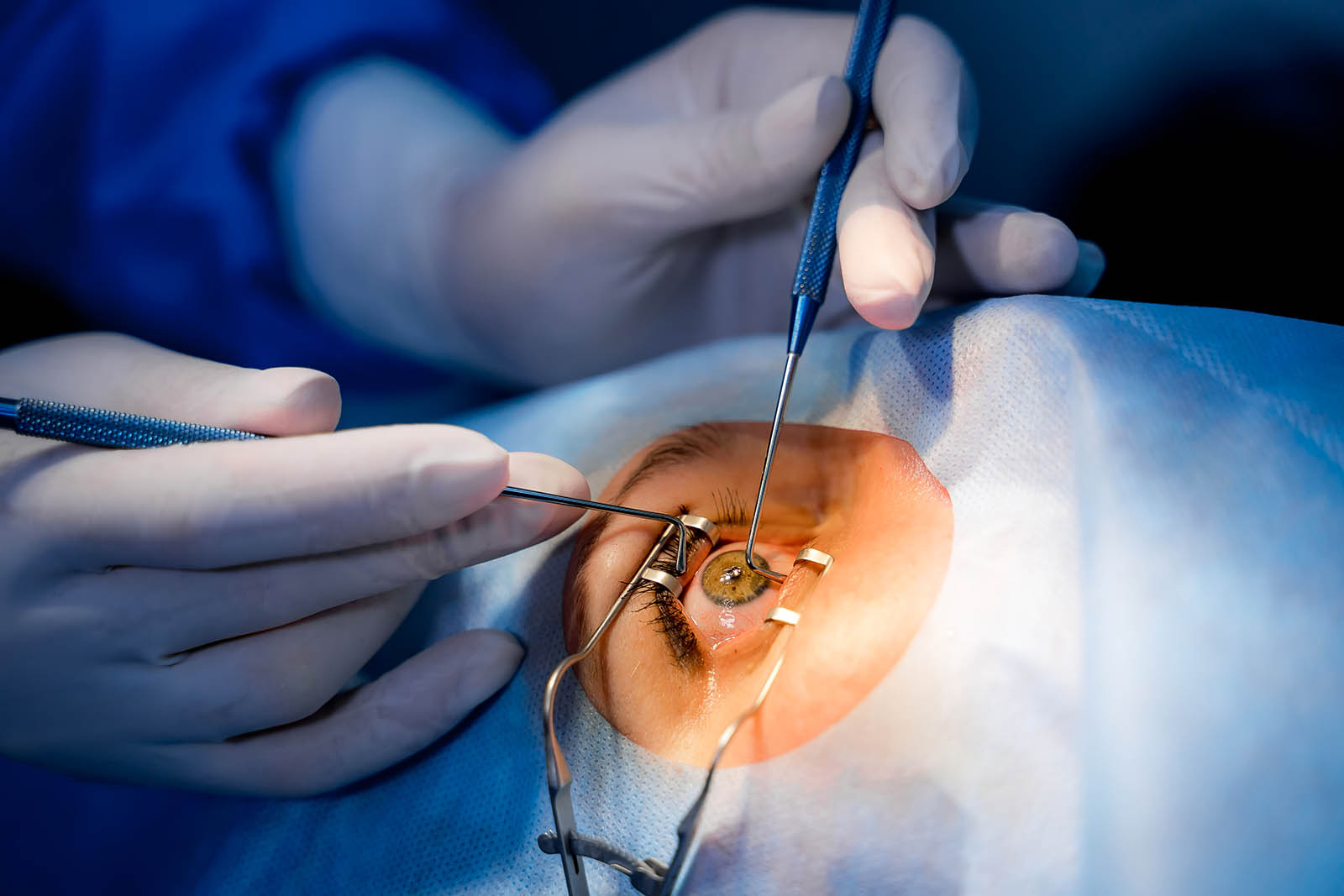Introduction to vitrectomy
Vitrectomy is a type of surgical intervention performed in the eye cavity to treat various eye diseases. In this article, we will discuss in depth what vitrectomy is, its indications, preliminary examinations, the surgical process and aftercare. In addition, we will discuss the risks associated with vitrectomy surgery and how to prevent it.
What is vitreous?
The vitreous is a clear gel found inside the eye, specifically in the vitreous cavity. Its main function is to help maintain the shape of the eyeball and allow light to pass from the back of the eye to the retina. Over time, the vitreous humour can undergo changes that cause vision problems and require specific treatment, such as vitrectomy.
What is vitrectomy?
Vitrectomy is an ocular microsurgery technique that consists of the partial or total removal of the vitreous gel from inside the eye. This type of intervention is carried out to treat different pathologies, such as retinal detachment, macular hole, diabetic retinopathy and epiretinal membrane, among others.
In which cases is this done?
Vitrectomy is indicated in cases of:
- Retinal detachmentretinal detachment: when the retina separates from the wall of the eye, causing poor vision or loss of vision.
- Macular hole: an opening in the macula, the central part of the retina responsible for detailed vision.
- Diabetic retinopathy: a complication of diabetes that affects the blood vessels in the retina and can cause vision loss.
- Epiretinal membraneretinitis: a layer of scar tissue that forms on the surface of the retina and can cause distortion of vision.
- Vitreous haemorrhage: bleeding inside the eye that can result from various diseases, such as diabetic retinopathy.
Preliminary examinations
Prior to surgery, various tests will be performed to assess the condition of the eye and determine the need for vitrectomy. These may include:
- Visual acuity test: to measure the quality of vision.
- Optical coherence tomography (OCT): an imaging test to evaluate the structure of the retina and detect possible problems.
- Eye ultrasound: an ultrasound examination that provides images of the inside of the eye.
- Intraocular pressure measurement: to detect possible pressure problems in the eye.
What happens during surgery?
Vitrectomy is performed under local or general anaesthesia, depending on the case and the patient's preference. During the surgery, the surgeon makes small incisions in the sclera (the white part of the eye) to insert specialised microsurgical instruments. These instruments allow the surgeon to precisely cut and remove the vitreous gel inside the eye.
Once the vitreous has been removed, the surgeon can treat the underlying pathology, such as repairing a retinal detachment, removing an epiretinal membrane or treating a macular hole. Depending on the situation, the surgeon may choose to replace the removed vitreous with a saline solution, a gas or air bubble, or silicone oil. These materials help maintain the shape of the eye and provide support for the retina as it recovers.
At the end of the procedure, the scleral incisions are usually closed with absorbable sutures or, in some cases, left to heal on their own. Occasionally, simultaneous cataract surgery may be performed if the patient also has lens opacity. After removal of the lens, an intraocular lens is placed to restore vision.
The duration of vitrectomy surgery may vary depending on the complexity of the case and the specific conditions of the patient, but in general, it usually lasts between 1 and 3 hours.
After the intervention
Once the vitrectomy is completed, the patient will be transferred to a recovery room. In general, vitrectomy surgery is an outpatient procedure, which means that the patient can return home the same day as the operation. However, in some cases, a short period of hospitalisation may be necessary.
The physician will provide specific instructions on postoperative care, which may include:
- Use of medication: antibiotics, anti-inflammatory and/or analgesics as needed.
- Eye protection: The patient may be asked to wear an eye shield to protect the eye during sleep.
- Rest: it is recommended to avoid physical exercise and physical exertion during the recovery period.
- Appropriate position: In some cases, such as when a gas or air bubble is used in the eye, the doctor may indicate a specific position for sleeping or resting.
- Avoid sudden movements and rubbing the operated eye.
Risks of vitrectomy surgery
As with any surgical procedure, vitrectomy carries certain risks. Some of these include:
- Infection
- Bleeding
- Increased or decreased intraocular pressure
- Retinal detachment
- Cataract (clouding of the lens)
Associated pathologies
Vitrectomy is performed to treat various eye conditions, such as posterior vitreous detachment, a condition in which the vitreous separates from the retina and can cause symptoms such as "floaters" or flashes of light. In addition, this surgery may be necessary in cases of retinal detachment, macular hole, diabetic retinopathy and other eye diseases that affect the vitreous cavity.
In conclusion, vitrectomy is an ocular microsurgical technique that can be essential for treating various eye diseases and improving vision. It is important to maintain open communication with the ophthalmologist and follow his or her recommendations before and after the procedure to ensure proper recovery and minimise risks.
If you have any questions or concerns about vitrectomy or any other eye surgery, please do not hesitate to make an appointment with the Dr. Salvador Nebro Cobos, specialist in ophthalmology in Fuengirola, or Dr. Yanguas, specialist in medical and surgical retina. Dr. Yanguas, specialist in medical and surgical retina. Dr. Nebro and his team will be happy to provide you with detailed and personalised information about the procedure and its potential benefits, ensuring the best care for your eyes.Dr. Salvador Nebro Cobos



